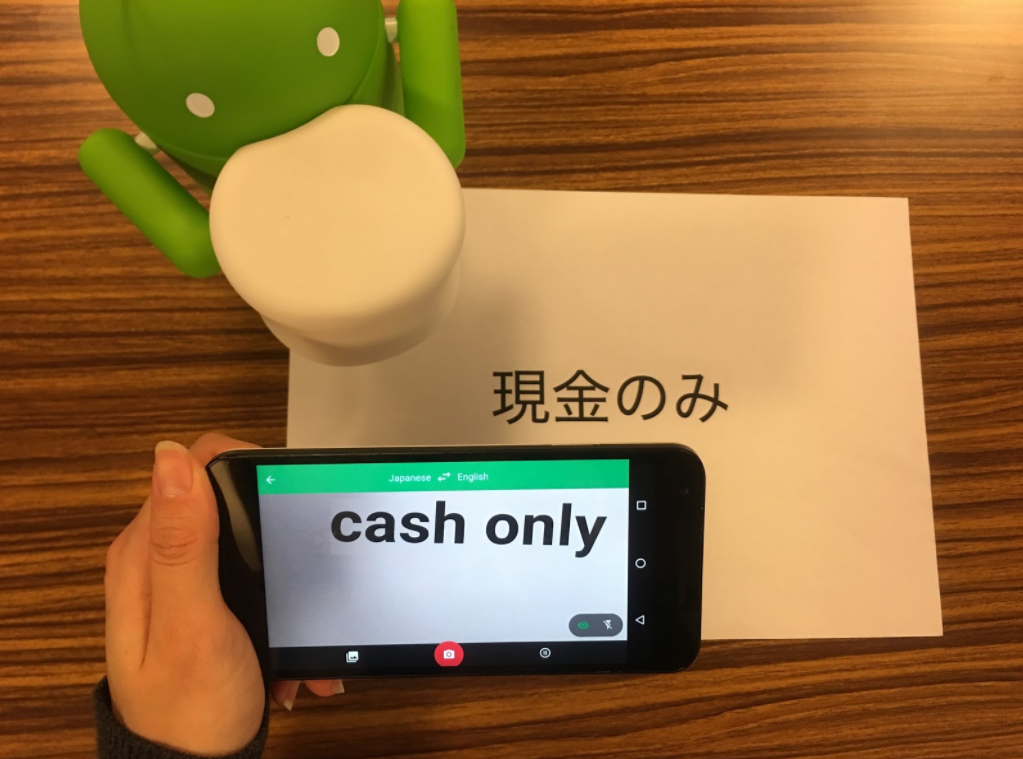

Machine translation (MT) is a system that automatically translates one language into another. Writing medical articles in English is one of the obstacles faced by non-English-speaking researchers. The share of medical articles published from Japan is only 6% and is gradually declining.

The translation for a medical article from Japanese to English was performed accurately by DeepL Translator.Īpproximately 50% of all international medical articles originate from non-English-speaking countries. Compound sentences and sentences with an unclear subject and predicate appeared to be significant predictors for mismatched translation. The match rate in the Results section was significantly higher than that in the other sections while the match rate in the Materials and Methods section was significantly lower than the rate in the other sections. The mean ± standard deviation of the match rate for the entire article was 94.0 ± 2.9%.

In turn, three other researchers compared the back-translated Japanese sentences with the original Japanese manuscript and calculated the percentage of sentences that retained the intended meaning. The translated English article was then back-translated into Japanese by three researchers. The original Japanese manuscript was translated into English using DeepL Translator. The subject of this study was an English-language medical article translated from Japanese, which had already been published. In this study, we investigated the accuracy of machine translation from Japanese to English for a medical article using the DeepL Translator. The reliability of DeepL Translator (DeepL GmbH, Cologne, Germany) for the translation for medical articles has not been verified yet.


 0 kommentar(er)
0 kommentar(er)
